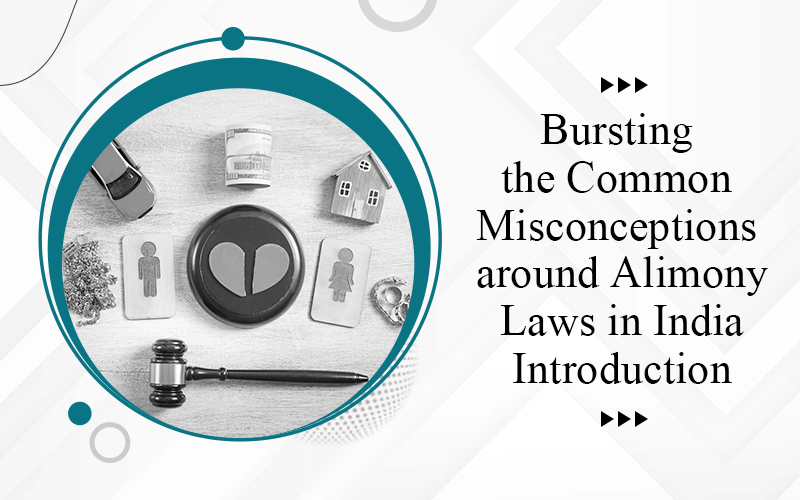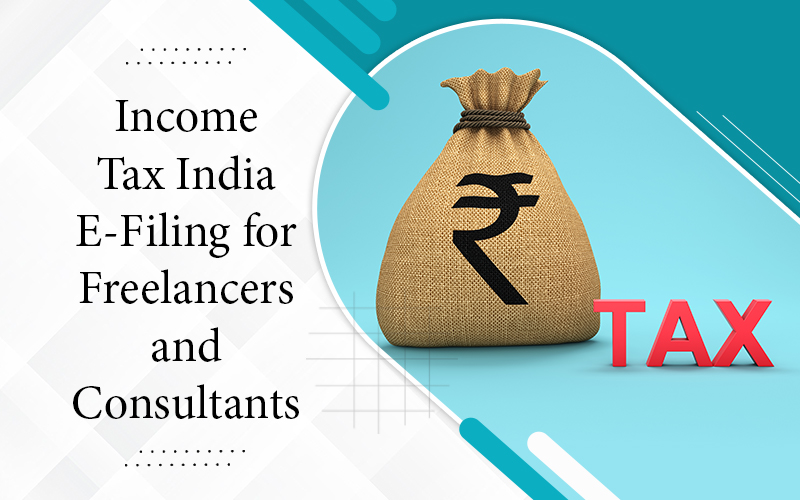Money recovery is a significant challenge in India, where delayed payments and defaults are common across various sectors, including personal loans, business transactions, and professional services. Legal notices play a pivotal role in the money recovery process, providing a formal and legally recognized way to demand repayment and initiate legal proceedings if necessary. This article delves into the intricacies of navigating money recovery with legal notices in India, covering the legal framework, types of notices, drafting and sending processes, and the steps to follow when legal action becomes inevitable.
Legal Framework for Money Recovery in India
India’s legal system provides a structured approach to debt recovery, governed by various laws and regulations:
- Indian Contract Act, 1872: This act governs agreements and contracts, establishing the legal foundation for enforcing terms and recovering dues.
- Code of Civil Procedure, 1908 (CPC): The CPC outlines procedures for civil litigation, including the issuance of legal notices and filing suits for money recovery.
- Negotiable Instruments Act, 1881: This act deals with negotiable instruments like cheques and promissory notes. It includes provisions for legal recourse in case of dishonored cheques.
- Companies Act, 2013: This act includes provisions for the recovery of debts from companies, particularly in cases of insolvency and liquidation.
- Insolvency and Bankruptcy Code, 2016 (IBC): The IBC provides a robust framework for resolving insolvency and recovering debts, applicable to both individuals and companies.
Importance of Legal Notices in Money Recovery
Legal notices are essential in the money recovery process for several reasons:
- Formal Communication: A legal notice serves as a formal and documented communication, clearly stating the demand for repayment.
- Legal Precursor: It acts as a precursor to legal action, offering the debtor a chance to settle the matter out of court.
- Evidence: It provides evidence of the creditor’s attempt to resolve the issue amicably, which can be crucial in court.
- Psychological Impact: The formal nature of a legal notice often prompts debtors to take the matter seriously, increasing the likelihood of repayment.
Types of Legal Notices for Money Recovery in India
- Demand Notice: This notice demands repayment of the debt within a specified period, typically 15 to 30 days.
- Final Notice: If the initial demand notice is ignored, a final notice can be issued, warning of imminent legal action.
- Notice under Section 138 of the Negotiable Instruments Act: Specific to cases involving dishonored cheques, this notice must be issued within 30 days of the cheque bounce.
- Statutory Demand: Used in corporate debt recovery, particularly under the IBC, where failure to repay can lead to insolvency proceedings.
Steps to Draft and Send a Legal Notice in India
- Consult a Legal Professional: Engage a lawyer to ensure the notice complies with legal requirements and is appropriately worded.
- Gather Information: Collect all relevant information, including contracts, invoices, communication records, and proof of the debt.
- Draft the Notice:
– Header: Include the sender’s and recipient’s names, addresses, and contact details.
– Subject: Clearly state the purpose of the notice, such as “Legal Notice for Recovery of Outstanding Dues.”
– Body:
– Introduction: Introduce the sender and the relationship with the recipient.
– Details of Debt: Specify the amount owed, the due date, and reference any relevant agreements or transactions.
– Demands: State the demand for payment, including the total amount due and a deadline for repayment.
– Consequences: Outline the legal actions that will follow if the debt is not repaid within the stipulated time frame.
– Conclusion: Encourage an amicable settlement and provide contact details for further communication.
- Review and Finalize: Have the notice reviewed by your lawyer to ensure accuracy and compliance with legal standards.
- Send the Notice: Send the notice via registered mail, courier, or any method that provides proof of delivery. Retain copies of the notice and the proof of delivery for your records.
Responding to a Legal Notice
If you receive a legal notice demanding repayment, it’s crucial to respond appropriately:
- Review the Notice: Carefully read the notice to understand the details of the debt and the sender’s demands.
- Verify the Claim: Check your records to verify the legitimacy of the claim. If you dispute the debt, gather any evidence to support your position.
- Consult a Legal Professional: Seek advice from a lawyer to understand your options and formulate a response.
- Respond in Writing: Respond to the notice within the stipulated time frame. Acknowledge receipt of the notice and either agree to repay the debt or dispute the claim with supporting evidence.
- Negotiate if Possible: If you acknowledge the debt but cannot repay the full amount immediately, consider negotiating a payment plan with the sender.
Legal Proceedings for Debt Recovery
If the debtor fails to repay the amount after receiving a legal notice, you may need to initiate legal proceedings. The steps involved are:
- Filing a Suit: File a suit in the appropriate court, providing all necessary documentation, including the legal notice, proof of debt, and any correspondence with the debtor.
- Serving the Summons: The court will issue a summons to the debtor, informing them of the lawsuit and requiring their appearance in court.
- Court Proceedings: Attend court hearings where both parties present their evidence and arguments. The court will then make a judgment based on the merits of the case.
- Enforcement of Judgment: If the court rules in your favor, you can take steps to enforce the judgment, such as attaching the debtor’s property or garnishing their wages.
Alternative Dispute Resolution (ADR)
Before resorting to litigation, consider Alternative Dispute Resolution (ADR) methods, which can be less time-consuming and costly:
- Arbitration: A neutral third party, the arbitrator, hears both sides and makes a binding decision.
- Mediation: A mediator facilitates a negotiation between the parties to help them reach a mutually acceptable solution.
- Conciliation: Similar to mediation, but the conciliator can propose solutions to the dispute.
Preventive Measures for Future Transactions
To minimize the risk of unpaid debts in the future, consider these preventive measures:
- Clear Contracts and Agreements: Ensure that all transactions are backed by clear, written contracts or agreements outlining payment terms and conditions.
- Regular Follow-ups: Maintain regular follow-ups with clients or debtors regarding outstanding payments. Prompt reminders can prevent debts from becoming overdue.
- Credit Checks: Conduct credit checks on new clients or customers to assess their creditworthiness before extending credit.
- Payment Plans: Offer flexible payment plans that make it easier for clients to meet their payment obligations.
- Prompt Action: Take prompt action at the first sign of payment delays. Early intervention can often prevent small payment issues from escalating into significant debts.
Case Studies and Examples
- Case Study 1: Small Business Debt Recovery: A small IT services company in Bangalore provided services to a client who subsequently failed to pay the invoice amounting to ₹2,00,000. After multiple reminders, the company sent a legal demand notice, specifying a 30-day deadline for payment. The client acknowledged the debt but requested an extension due to temporary cash flow issues. The company and the client negotiated a payment plan, which the client adhered to, and the debt was recovered without further legal action.
- Case Study 2: Personal Loan Recovery: An individual in Mumbai lent ₹1,50,000 to a friend, with a verbal agreement for repayment within six months. After the deadline passed and the loan remained unpaid, the individual sent a formal legal notice demanding repayment within 15 days. The friend ignored the notice, prompting the lender to file a lawsuit. The court ruled in favor of the lender, ordering the friend to repay the loan with interest and legal costs.
- Case Study 3: Corporate Debt Recovery: A manufacturing firm in Delhi extended credit to a retail chain for supplies worth ₹5,00,000. The retail chain defaulted on the payment, leading the manufacturer to issue a statutory demand under the IBC. The retail chain failed to settle the debt, resulting in insolvency proceedings. The National Company Law Tribunal (NCLT) appointed an insolvency professional, and the debt was eventually recovered through the insolvency resolution process.
Conclusion
Navigating money recovery with legal notices in India requires a strategic approach, combining legal knowledge, clear communication, and timely action. Legal notices serve as a powerful tool to formally demand repayment and initiate the debt recovery process. By understanding how to effectively draft and send these notices, and knowing the steps to take if repayment is not forthcoming, individuals and businesses can significantly increase their chances of successful money recovery. Always consult with legal professionals to ensure that your actions comply with relevant laws and are tailored to your specific circumstances. By adopting preventive measures and maintaining clear documentation, future financial transactions can be managed more effectively, reducing the likelihood of unpaid debts.





2 Responses
One efficient and successful method of getting money back from the debtor is to file a lawsuit for money recovery. A money defaulter may be sued as a civil remedy for money recovery. It involves bringing legal action before a court with the necessary authority.
Excellent,awsome,educative substance.worth to have background in knowledge.